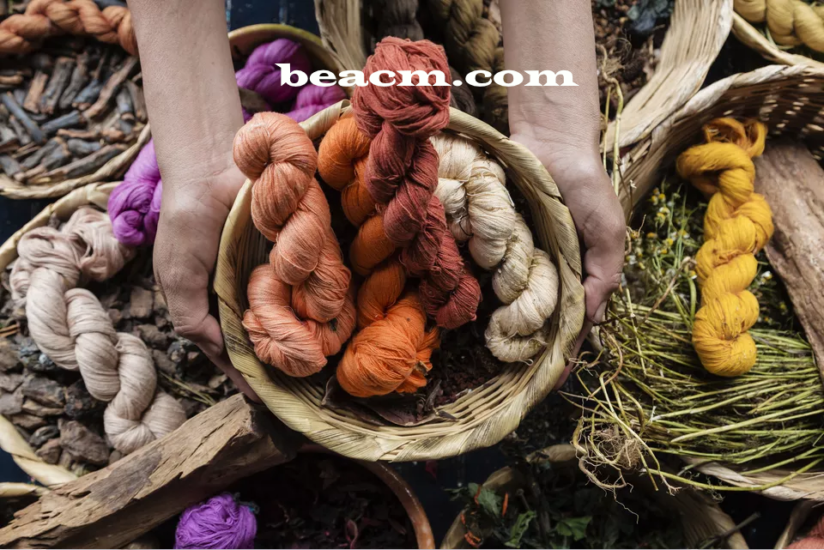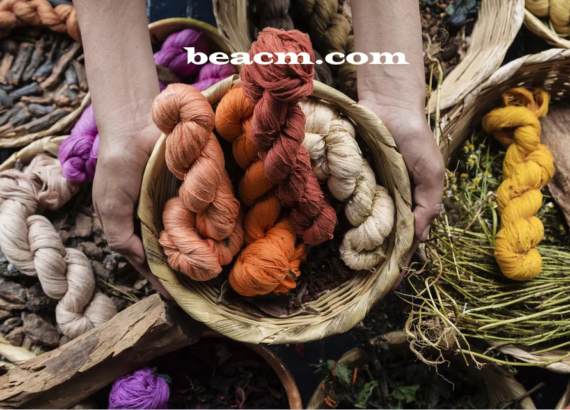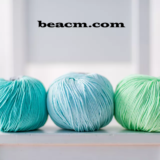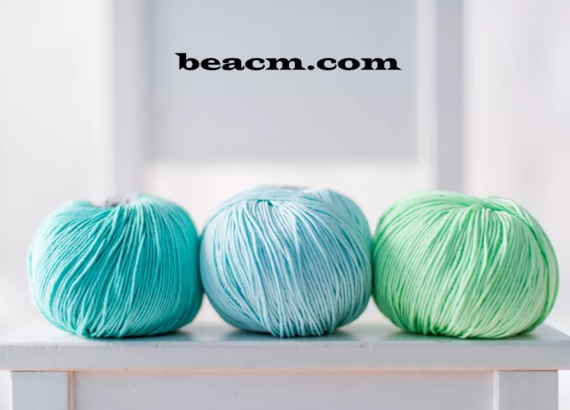Mercerized cotton yarn for knitting

Mercerized Cotton Yarn for Knitting

Most knitters are familiar with traditional cotton yarns for knitting. This is usually called kitchen cotton because it is often used for kitchen towels, washcloths, and other projects that can take a lot of abuse. This yarn is sturdy, durable, well received (but not necessarily retains) color. It can be a bit heavy in your hands.
What is mercerized cotton?
Mercerized cotton is a special kind of cotton yarn that is shinier than ordinary cotton. It is also more durable, slightly lighter to dye, produces less fluff and is more resistant to mould. It also cannot shrink or lose its shape in the same way as “regular” cotton.
By the way, the shine is caused by the way light is reflected from the surface of things. Removing fluff or down from cotton is part of what makes a mercerized cotton so shiny. Mercerization, the process by which mercerized yarn is produced, is named after British chemist John Mercer, who developed the process and obtained a patent for his work in 1851.
How is mercerized cotton produced?
Mercer discovered that adding caustic soda (alkali) or sulfuric acid to cotton caused the fibers to swell and straighten. No one was impressed by this, but in 1890 Horace Law developed a process in which caustic soda was added to the yarn under high tension, giving the luster that mercerized cotton is famous for today.
Long thin cotton yarns are usually used for mercerizing, such as Egyptian and pima, because they require less twisting than other fibers used in the process. The process of making mercerized cotton is quite complex.
Mercerized yarns remain shiny when washed and give the product a pleasant, somewhat whimsical look.
Use for mercerized cotton
Mercerized yarn is also sometimes called pearl cotton or pearl cotton, and the fine knit thread used for napkins and other delicate projects is usually mercerized.
For knitters, mercerized cotton can be used for a variety of projects. It is an excellent choice for children’s clothing, summer tops and shawls, considering that mercerized cotton has some problems associated with knitting with other types of cotton yarns (heaviness and tendency to stretch when worn, which can not be corrected by blocking).
Choosing lighter yarns for your projects will be better than using heavier yarns. Some openwork yarns may also be a good option because they brighten up the overall fabric, although pay attention to your pattern. A great idea is to make a sample on the stitch of your choice, wash it and hang it up for a few days to see how much yarn sags. Then make your template selection accordingly.
Some examples of projects that use mercerized cotton:
- Maxi top / dress for children from Eleana Nodel.
- A really cute version of Flex by Heidi Kirrmaier which was originally made of linen yarn.
- There are beautiful summer dresses, skirts, puppet clothes, hats and much more, so you can knit anything with this yarn.




